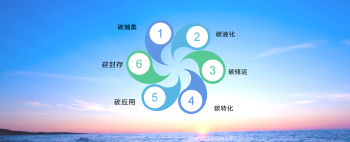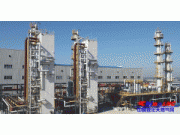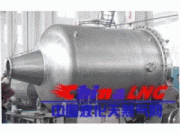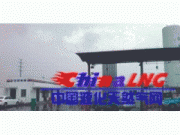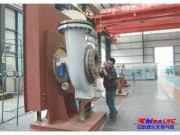免职声明:本网站为公益性网站,部分信息来自网络,如果涉及贵网站的知识产权,请及时反馈,我们承诺第一时间删除!
This website is a public welfare website, part of the information from the Internet, if it involves the intellectual property rights of your website, please timely feedback, we promise to delete the first time.
电话Tel: 19550540085: QQ号: 929496072 or 邮箱Email: Lng@vip.qq.com
摘要:Liquefied natural gas (LNG) was proven viable in 1917, when the first LNG plant went into operation in West Virginia. The first commercial liquefaction plant was built in Cleveland, Ohio in 1941. In January 1959, the world's first LNG tanker c..
|
Liquefied natural gas (LNG) was proven viable in 1917, when the first LNG plant went into operation in West Virginia. The first commercial liquefaction plant was built in Cleveland, Ohio in 1941. In January 1959, the world's first LNG tanker carried LNG cargo from Lake Charles, Louisiana to Canvey Island, United Kingdom. This event demonstrated that large quantities of LNG could be transported safely across the ocean. In 1961, Britain signed a 15-year contract to take less than 1 million tonnes per annum (mtpa) from Algeria, commencing in 1965. The first liquefaction plant in the world was commissioned at Arzew in Algeria to supply this contract with gas production coming from huge gas reserves found in the Sahara. The following year the French signed a similar deal to buy LNG from Algeria. Alaska's Kenai plant (which currently has a capacity of 1.3 mtpa) began LNG deliveries to Japan's Tokyo Gas and Tokyo Electric Power Company (Tepco) in 1969. In 1972, Brunei became Asia's first producer, bringing on stream an LNG plant at Lumut that now has a capacity of 6.5 mtpa and supplies Korea as well as Japan. Libya's plant at Marsa el Brega began deliveries to Spain in 1970. Italy was also supplied by Libya, marking the entry of a new producer and two new buyers into the ranks of LNG trade. U.S. imports from Algeria were approved in 1972 with Boston's Distrigas committing to buy 50 million standard cubic feet per day (mmscfd) from the Skikda plant over a 20-year period. 1979 witnessed the first LNG contract expiration: the 15-year contract between Algeria and the UK came to an end. Deliveries from Algeria continued into the 1980s but were eventually terminated. During 1979, the market was shaken by disputes over pricing between the U.S. buyers and Sonatrach which eventually resulted in the termination of the contracts, retiring of six LNG carriers (three of which were subsequently scrapped) and the mothballing of two of the U.S.'s four LNG terminals. However, demand for LNG in Asia continued to rise and Malaysia entered the LNG market in 1983 (contract volume originally 6 mtpa but subsequently increased to 7.5 mtpa), followed by Australia in 1989 (similarly with an initial contract volume of 6 mtpa which has now been increased to 7.5 mtpa). Qatar became the second Middle Eastern LNG producer with the delivery of its first cargo of LNG from the Qatargas LNG plant in January 1997. More recently several plants have come on line: Trinidad (3 mtpa) started up in April 1999; Ras Laffan (6.6 mtpa) in May 1999; Nigeria (5.6 mtpa) in October 1999. In April 2000, Oman commenced production with a plant of design capacity of 6.6 mtpa delivering its first cargo to Korea.
|






